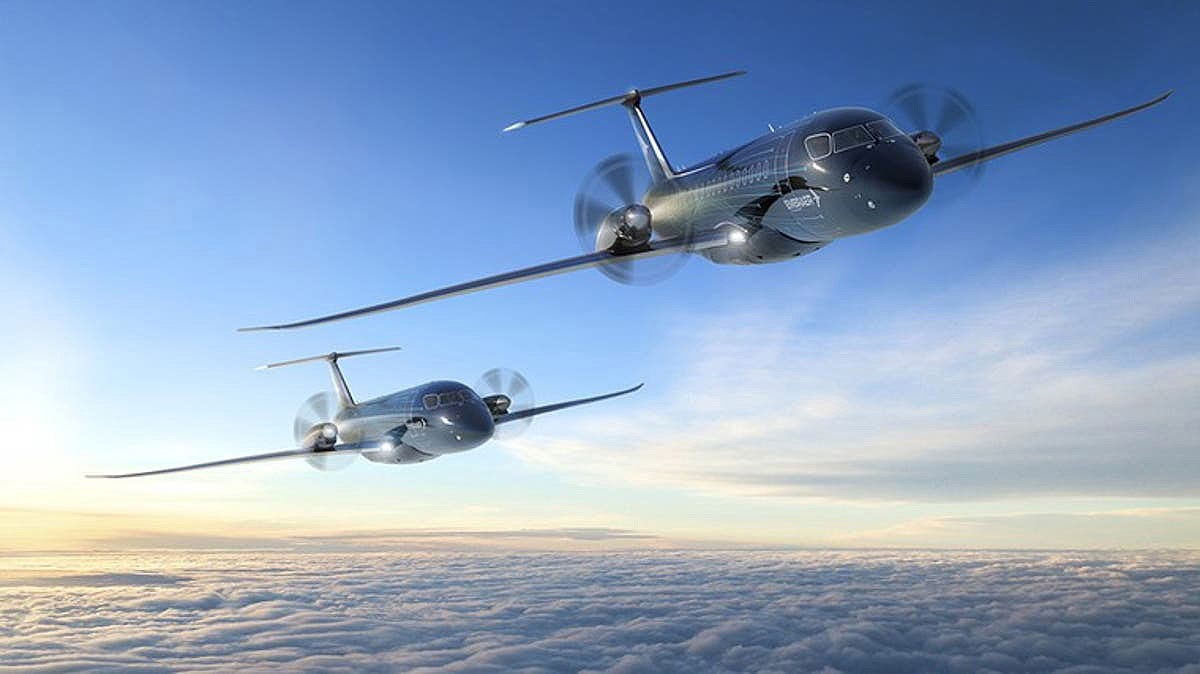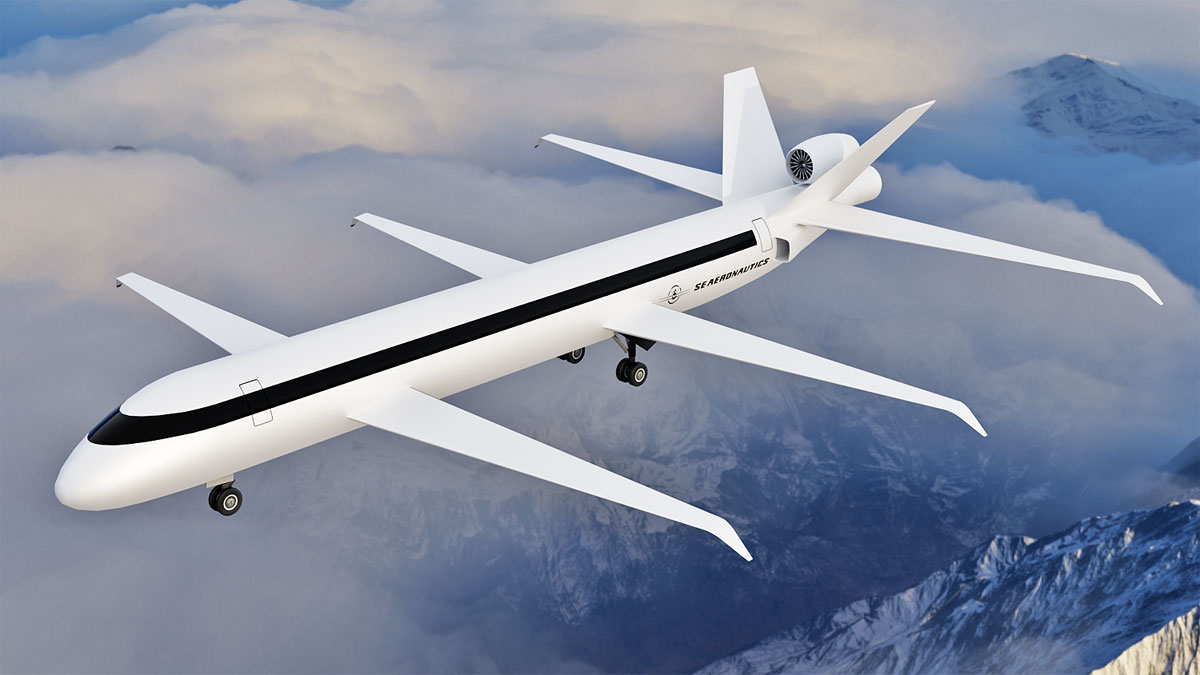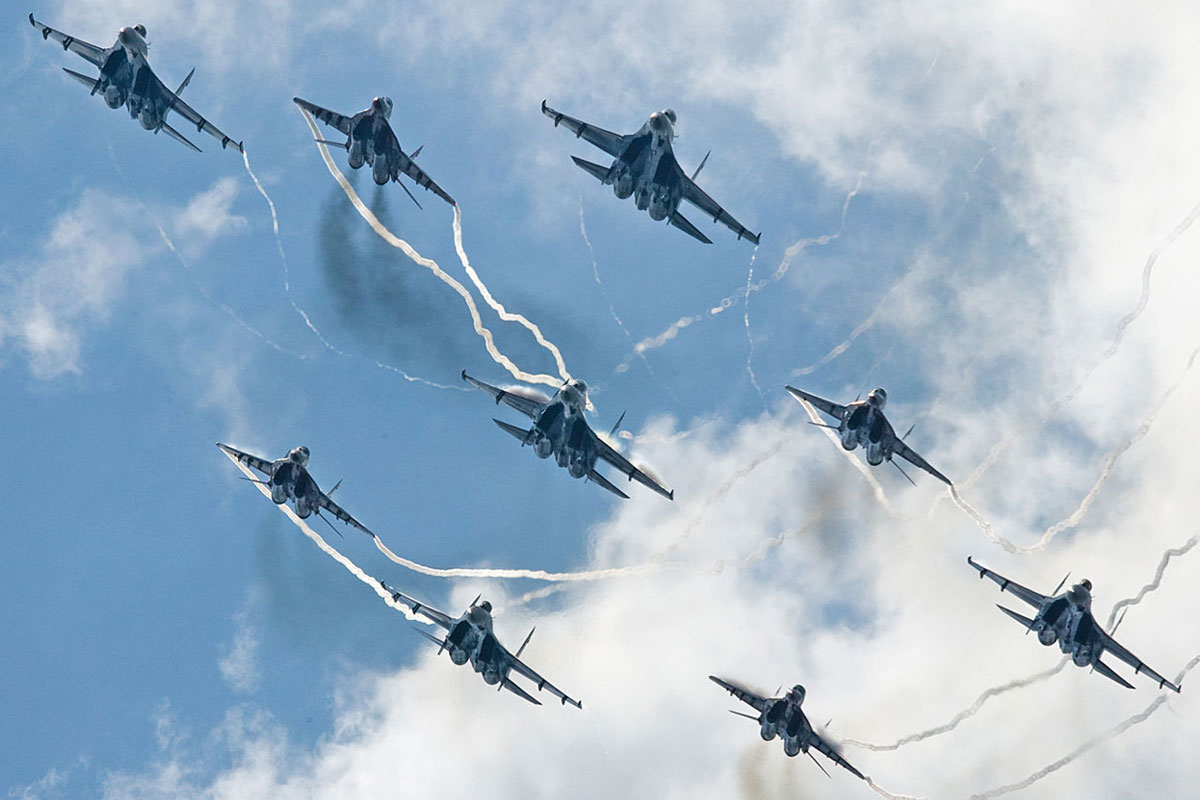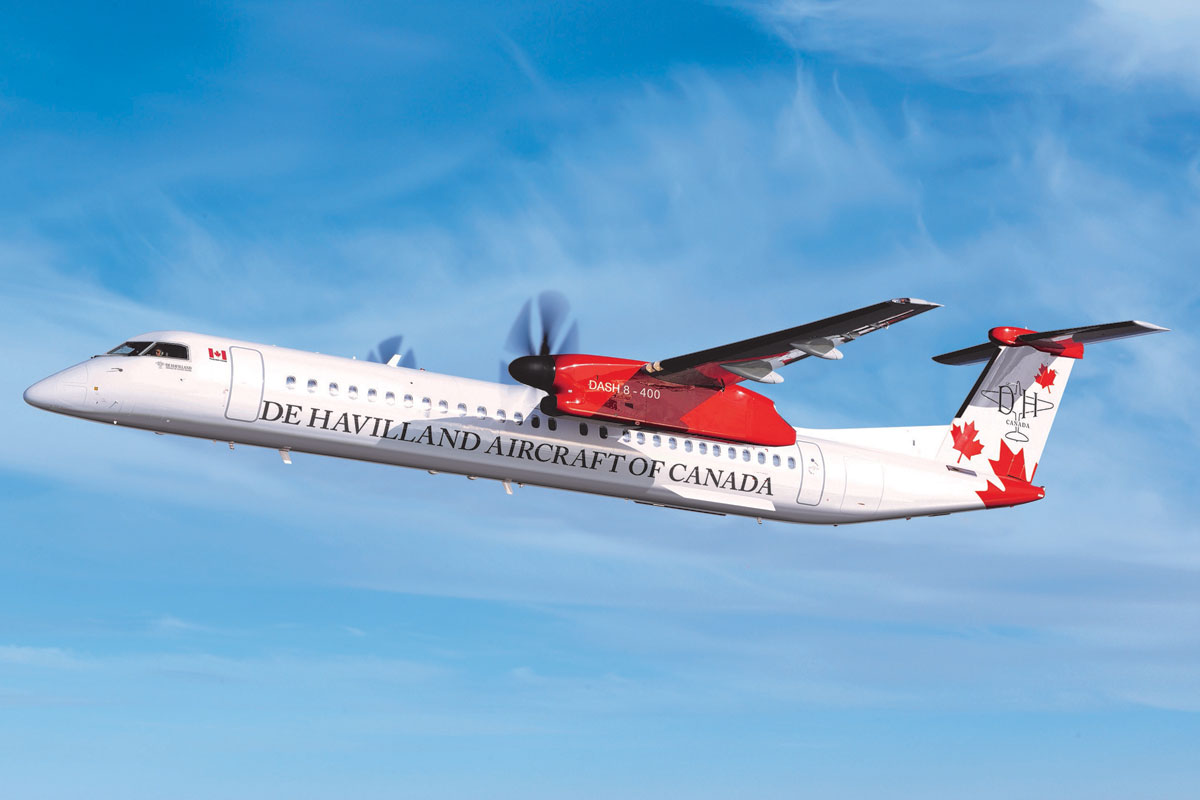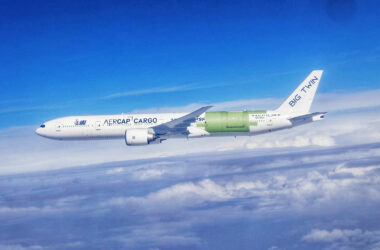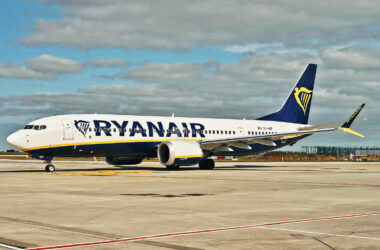Embraer revealed more details of its new passenger turboprop aircraft project to Aviation Week. The unnamed model is expected to offer between 70 and 90 seats and fill a niche market today with almost no competitors.
According to Rodrigo Silva e Souza, vice president of marketing, the planemaker expects to launch the program in early 2022 with planned entry into service in 2027.
The company aims to launch a series of two variants, one for 70 seat and the other for 90 passengers, which should offer a maximum range of 1,000 nm (1,850 km) due to the short-range route profile of this type of aircraft.
Silva e Souza confirmed to AW that the new turboprop should have a cabin similar to the models of the E2 series in order to reduce costs in addition to providing more comfort to passengers. However, a new image released by the company shows that the new aircraft’s airframe differs in size from the current jet family.
The future turboprop appears to have a smaller cargo hold than the jets in addition to a noticeably more curved door, implying a different cross-section.
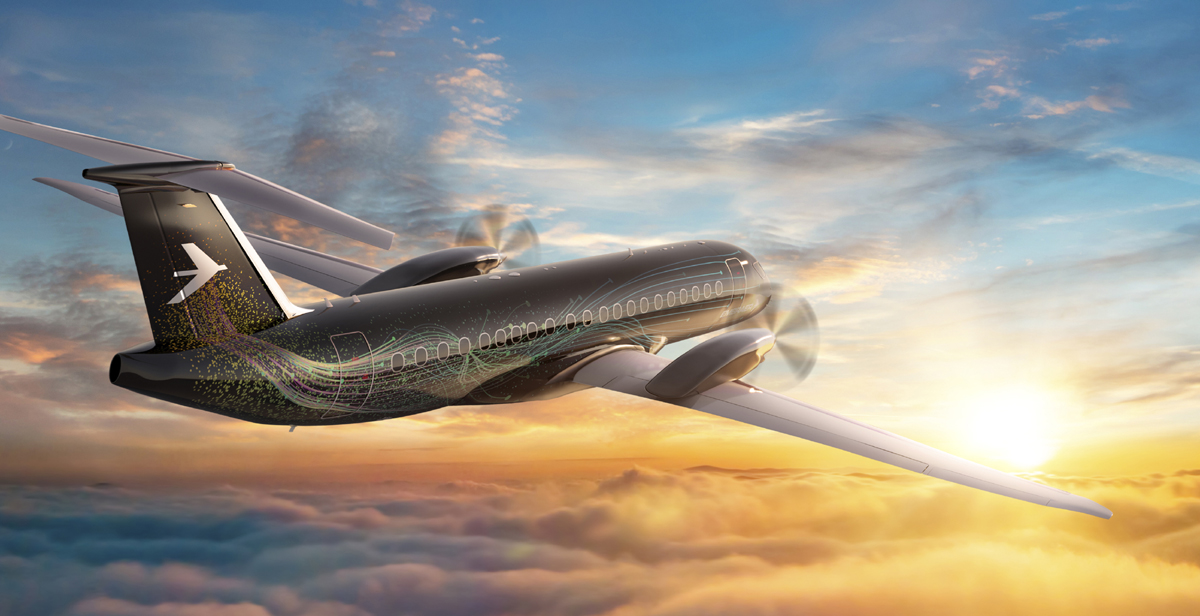
If it manages to preserve the same width as the E2, Embraer will offer an aircraft more spacious than the ATR 72, which is 2.57 m against 2.74 m for the E175-E2, for example.
The main doubt about the project lies in defining the propulsion of the turboprop. In the illustrations shown by Embraer, the plane has two engines installed on the wings. According to Aviation Week, the planemaker intends that the turboprop has a conventional design capable of reducing fuel consumption by up to 20%, but that it is prepared to receive hybrid technology.
The Brazilian manufacturer is talking to General Electric, Pratt & Whitney and Rolls-Royce to decide what the future engine of the aircraft will be, but all of them are still working on projects that are still premature.

Asia and Europe are the key markets
In addition to elements such as the cabin and the fuselage, Embraer wants to follow the concept of commonality adopted by Airbus in its jets so that the training of pilots and the supply of parts is similar to the E2 jets. For airlines, this strategy is reflected in lower cost and increases the chances of the two families being used by some customers.
Embraer sees Asia and Europe as markets with the greatest potential for the turboprop aircraft while the United States is not a priority due to the rejection of this type of model among passengers.
As I said before, the Brazilian company continues to look for strategic partners to develop the program. According to the vice president of marketing, there was interest from business groups that do not operate in commercial aviation.

